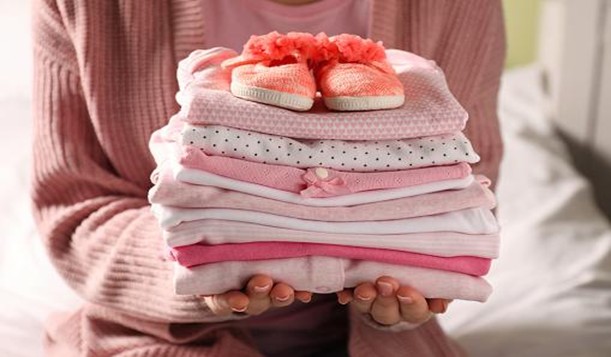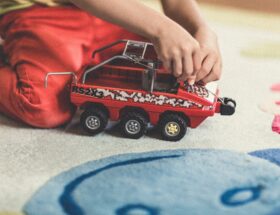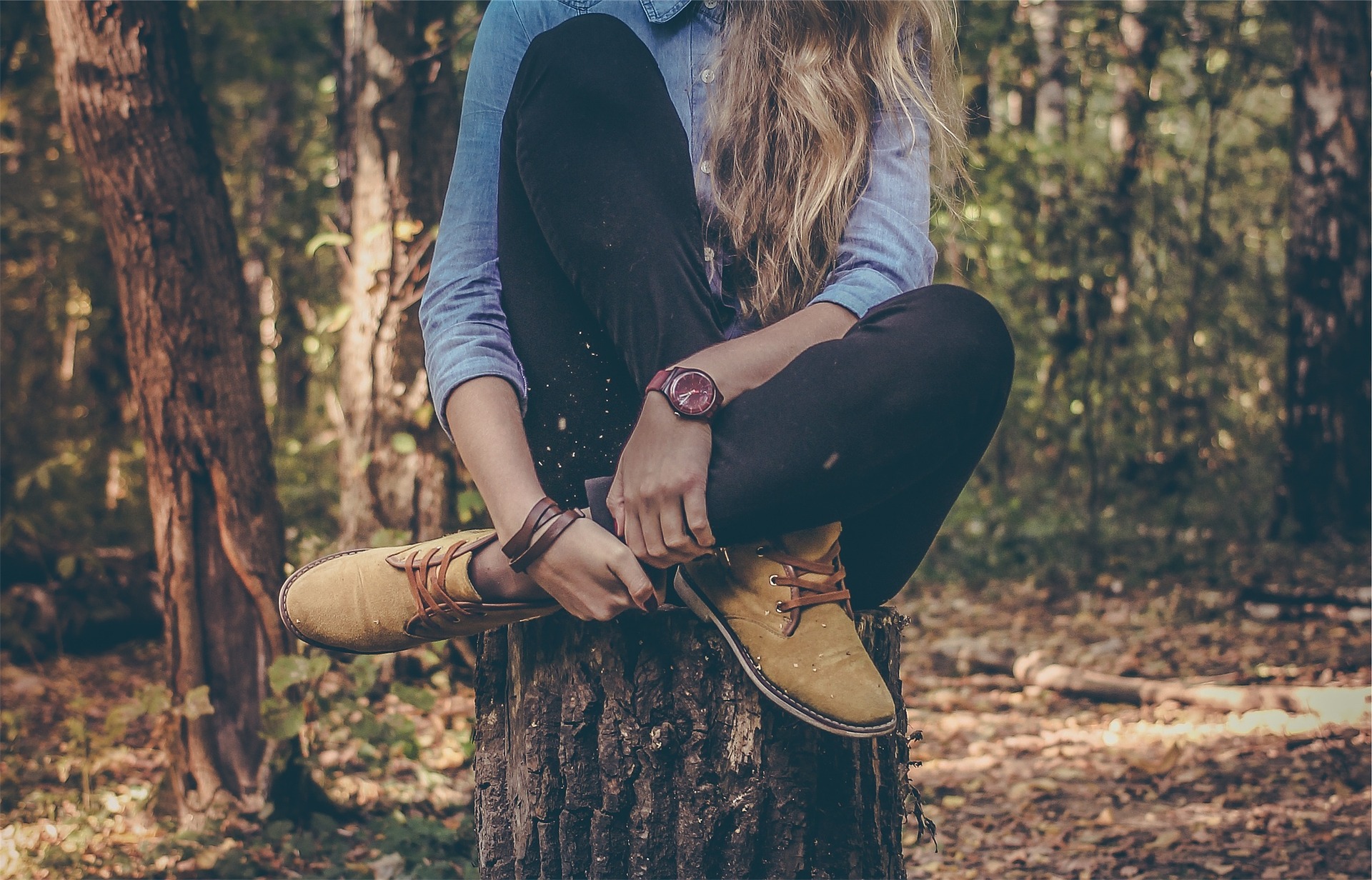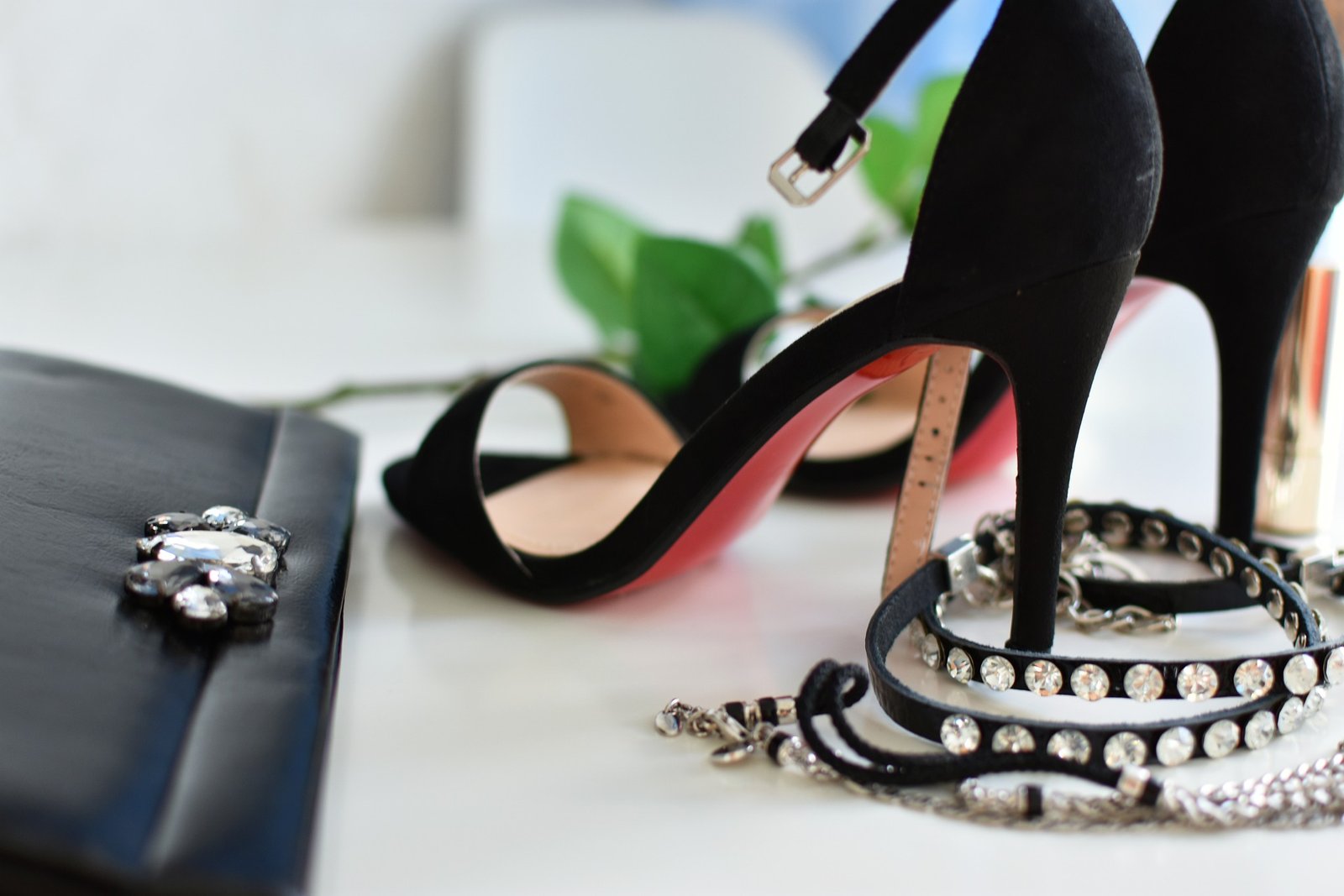
How to Create a Capsule Wardrobe for Your Baby
Dressing a baby might seem like an exciting task, but it can quickly become overwhelming. Between the countless outfit changes and the rapid growth spurts, managing your baby’s clothing can feel chaotic. However, there is a solution that combines simplicity, practicality, and style: the capsule wardrobe. By creating a capsule wardrobe for your baby, you’ll not only save time and money but also reduce the stress of daily outfit decisions. In this guide, we’ll walk you through the steps to build and maintain a functional yet stylish wardrobe for your little one.
What Is a Capsule Wardrobe?
A capsule wardrobe is a thoughtfully curated collection of clothing pieces that can be mixed and matched effortlessly. Instead of filling your baby’s closet with dozens of items, you focus on a smaller number of versatile, high-quality pieces that cater to their needs. The concept emphasizes minimalism, utility, and cohesion, ensuring every item serves a purpose.
For babies, a capsule baby wardrobe essentials typically consists of bodysuits, pants, and sleepwear in complementary colors and styles. The goal is to have enough clothes to meet their daily needs while eliminating unnecessary clutter.
Benefits of a Capsule Wardrobe for Babies
Saves Money
- Buying fewer but better-quality clothes reduces overall spending. You’ll also avoid impulse purchases that end up unused.
Reduces Decision Fatigue
- With fewer options, picking out your baby’s outfit each day becomes quick and stress-free.
Saves Time
- Laundry becomes more manageable because you’re not dealing with an excessive number of items.
Eco-Friendly
- Choosing sustainable fabrics and reducing waste contributes positively to the environment.
Encourages Organization
- A capsule wardrobe keeps your baby’s closet neat and functional, leaving room for essentials like diapers and toys.
Comfort and Practicality
- Babies’ skin is sensitive, and high-quality, well-fitted clothing ensures their comfort. A capsule wardrobe prioritizes soft, breathable fabrics.
Steps to Create a Capsule Wardrobe for Your Baby

1. Assess Your Baby’s Needs
Start by thinking about what clothes your baby requires. Take into account their age, the weather, and your daily routine. Newborns usually need more onesies and pajamas, while older babies might need outfits that are easier to play in. Also, consider how often you do laundry to make sure you have enough clothes for your baby.
2. Declutter the Closet
Go through your baby’s existing wardrobe and separate items into categories: keep, donate, or discard. Retain only the pieces that fit well, are comfortable, and align with the capsule wardrobe concept. Avoid holding onto items that are too small or impractical, no matter how sentimental they may feel.
3. Choose a Color Palette
Choose a set of colors for the wardrobe that go well together. Neutral colors like white, gray, and beige are good choices and can be brightened up with a few colorful pieces. This way, you can mix and match the clothes easily. Simple patterns like stripes or dots can add some fun without looking too busy.
4. Prioritize Versatile Pieces
Invest in multi-purpose items. For example:
- Bodysuits: Choose solid colors and simple patterns that can double as tops.
- Pants and Leggings: Select neutral bottoms that pair well with any top.
- Outerwear: Include a lightweight jacket for cooler months and a warmer one for winter.
- Footwear: Opt for soft booties or socks for pre-walkers and comfortable shoes for walkers.
- Sleepwear: Look for zippered onesies that are easy to put on and take off.
5. Focus on Quality Over Quantity
Babies grow fast, but that doesn’t mean you should skimp on quality. High-quality fabrics like organic cotton are soft on sensitive skin and more durable, even after frequent washing. Quality over quantity ensures fewer replacements and a wardrobe that withstands daily wear.
6. Shop Intentionally
When buying new items, stick to your plan. Avoid trendy pieces that may not match the rest of the wardrobe. Look for sales on staple items or consider second-hand stores for gently used clothes. Online retailers often offer discounts on essentials, so keep an eye out for deals.
7. Include Seasonal Essentials
Make sure the wardrobe covers all weather conditions. For example:
- Summer: Lightweight rompers, sun hats, and breathable fabrics.
- Winter: Layerable onesies, fleece jackets, and warm socks.
- Rainy Days: Waterproof jackets and easy-to-clean boots.
8. Aim for a Balanced Quantity
A typical baby capsule wardrobe might include:
- 5-7 bodysuits
- 3-4 pairs of pants or leggings
- 2-3 sleepers
- 1-2 jackets or cardigans
- 2 hats (one for sun and one for warmth)
- 4-5 pairs of socks
- 1 pair of shoes or booties
This balance ensures you have enough for daily use and laundry cycles without overstocking.
How to Maintain and Update the Wardrobe

Regularly Assess Fit and Condition
Babies outgrow clothes quickly, so check every few months to ensure items still fit and are in good condition. Replace items as needed. For worn-out clothes, consider repurposing them as cleaning rags or donating them if they’re still usable.
Rotate Seasonally
Store out-of-season items to keep the wardrobe uncluttered. For example, pack away winter gear during summer months. Label storage bins clearly so you can easily access items when the season changes.
Handle Stains Promptly
Treat stains immediately to extend the life of each piece. Gentle, baby-safe detergents are ideal. Pre-treating with a stain remover designed for delicate fabrics can also be helpful.
Stick to the Capsule Philosophy
Avoid adding unnecessary items. If you buy something new, consider donating an old item to maintain balance. This rule helps you resist the urge to overfill the closet and keeps everything organized.
Embrace Growth
The wardrobe needs of your baby will change as they grow. Transition from infant onesies to toddler outfits, keeping the capsule concept intact. Consider investing in adjustable or stretchable clothing that accommodates growth spurts.
Conclusion
Creating a simple and stylish wardrobe for your baby can make life a lot easier. By choosing a few high-quality clothing items that work well together, you can save time, money, and reduce stress when dressing your little one. This way, your baby can look cute in outfits that can be easily mixed and matched. With some careful planning and regular updates, you can build a wardrobe that changes as your baby grows, helping you stay organized and stylish. Start putting together your baby’s new wardrobe today and enjoy the advantages of having fewer clothes to sort through!






